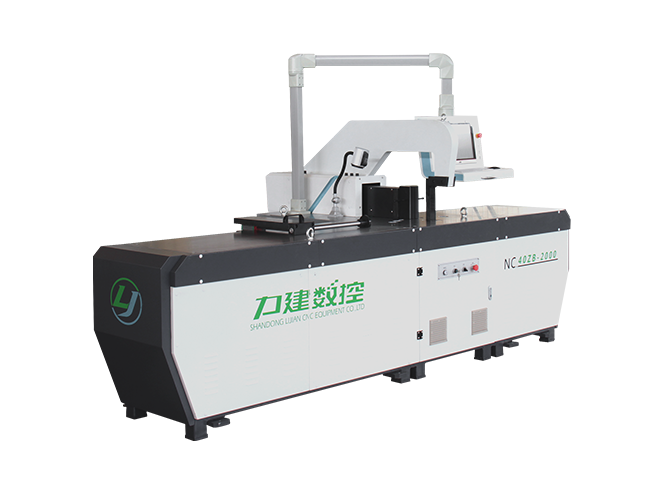
The Top Advantages of Using a CNC busbar bending machine
A CNC Busbar bending machine is an advanced piece of equipment designed to automate and optimize the bending of copper and aluminum busbars used in electrical panels, switchgear, and power distribution systems. With the continuous evolution of smart manufacturing, these machines have become a key solution for achieving precision, efficiency, and cost-effectiveness in metal fabrication.
One of the most significant benefits of CNC busbar bending machines is their ability to provide high-precision bending with consistent results. By using computer numerical control (CNC) technology, the machine follows pre-set programs to perform exact angles and shapes. This eliminates human error and ensures that every busbar produced meets the required specifications—critical in industries like power systems and electrical engineering.
CNC machines dramatically enhance the efficiency of the busbar bending process. Manual bending is time-consuming and labor-intensive, whereas CNC models can complete complex bends in a fraction of the time. This allows manufacturers to increase output without sacrificing quality, especially during large-volume production runs.
By automating the bending process, CNC busbar bending machines reduce the need for skilled manual labor. One operator can manage multiple machines with minimal training. This leads to a significant decrease in labor costs and improves workplace safety by minimizing direct human interaction with high-force equipment.

Modern CNC busbar bending machines are highly adaptable and capable of handling various types and sizes of busbars. Whether you are bending flat copper bars, aluminum bars, or custom profiles, the machine can be programmed to suit different thicknesses, widths, and radii. Some models even offer multi-functional integration, such as punching, cutting, and embossing.
For industries that require mass production of identical busbars, such as switchgear manufacturing or electrical panel assembly, repeatability is key. A CNC busbar bending machine ensures that each bend is identical to the last, reducing material waste and ensuring product quality throughout production cycles.
Equipped with intelligent control systems, CNC busbar benders offer features such as touch screen interfaces, digital angle displays, memory storage for multiple bending programs, and remote diagnostics. These capabilities simplify operation and allow for better production planning, tracking, and error reduction.
The automated nature of CNC machines enhances workplace safety by limiting human exposure to hazardous operations. Many CNC busbar benders are built with protective covers, emergency stop functions, and overload protection, complying with industrial safety regulations and minimizing accident risks.
While the initial investment in a CNC busbar bending machine may seem high, the long-term return on investment (ROI) is significant. Benefits like reduced labor costs, lower material waste, faster production speeds, and fewer defects contribute to overall savings, making the machine a smart and profitable choice for forward-thinking manufacturers.
In today’s competitive manufacturing environment, investing in a CNC Busbar Bending Machine is a strategic move for companies seeking to improve precision, efficiency, and scalability. These machines provide unmatched performance in busbar processing and are an essential component of modern electrical equipment production lines. Whether you're operating in the power, renewable energy, or industrial automation sectors, upgrading to a CNC busbar bender is a step toward higher productivity and sustainable growth.
Comente
(0)